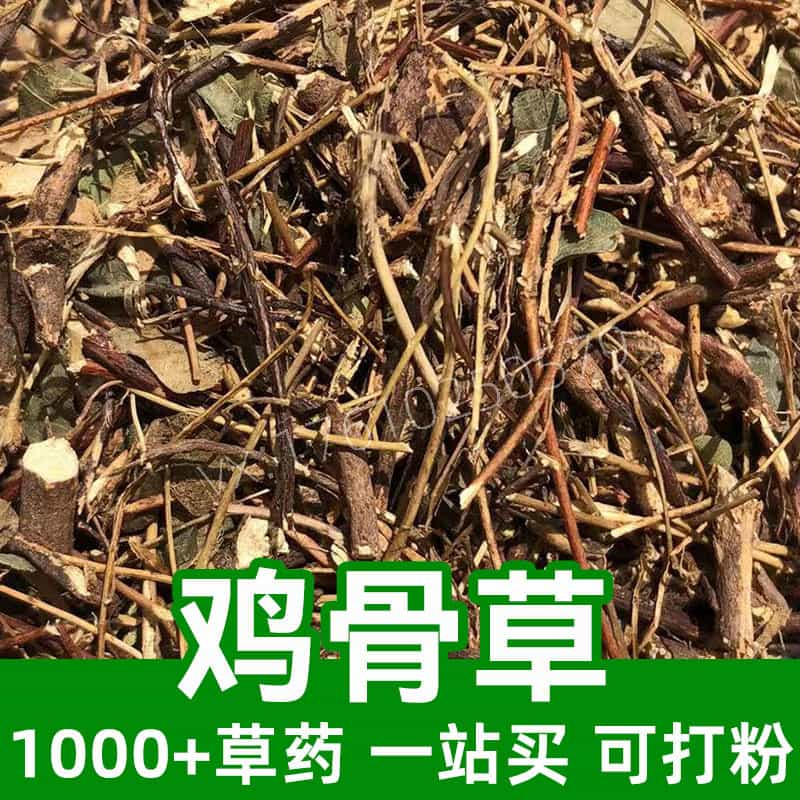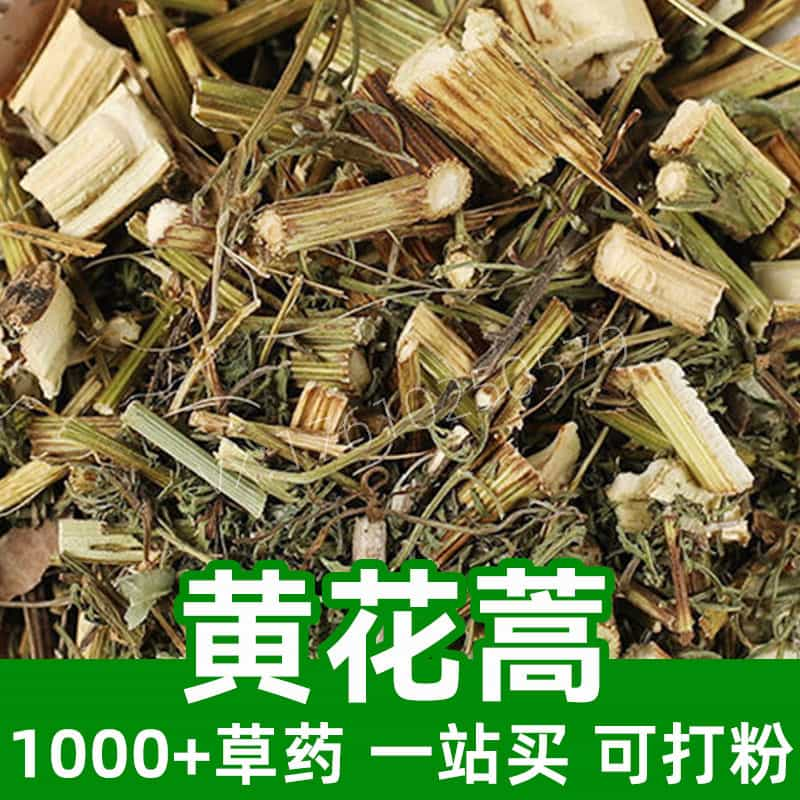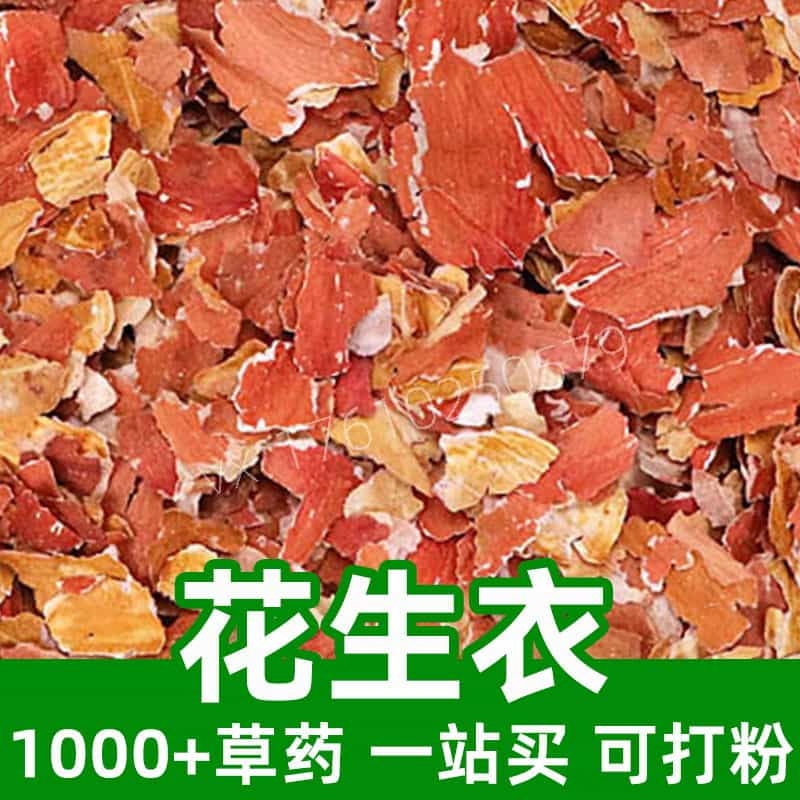Product Introduction
Senna Occidentalis, commonly known as Wild Senna, is an annual herbaceous plant belonging to the Fabaceae family. It is characterized by its attractive yellow flowers that bloom in clusters and long, slender legume pods that contain seeds. This plant is predominantly found in tropical and subtropical regions across Africa and the Americas, where it grows in a variety of habitats, including disturbed areas and open fields. The traditional uses of Senna Occidentalis have spanned generations, particularly in herbal medicine for its potential benefits.
The primary active constituents of Senna Occidentalis, which include anthraquinones, flavonoids, and tannins, are believed to play significant roles in the plant's functions and therapeutic applications. Traditionally, the leaves and pods have been utilized in various preparations, whereas its seeds can be a source of components beneficial for wellness. The plant's inherent bitterness and sweet undertone make it a noteworthy ingredient in herbal formulations, enhancing their effectiveness.
Rich in antioxidants and other functional compounds, Senna Occidentalis is often incorporated into traditional recipes and remedies. Although the application of this herb is widely recognized, it must be handled with care and respect, as with many traditional herbs. The right balance and proper understanding of dosage are essential for maximizing its potential benefits.
Main Active Ingredients
Senna Occidentalis boasts a rich profile of active ingredients that enhance its therapeutic potential. The most notable components include:
- Anthraquinones: These are the primary bioactive compounds found in Senna Occidentalis, with sennosides being particularly significant. Anthraquinones are known for their natural laxative properties and may also have antioxidant effects, which can help in reducing oxidative stress within the body.
- Flavonoids: With strong antioxidant properties, flavonoids present in Senna Occidentalis can aid in neutralizing free radicals, protecting cells from damage, and potentially offering anti-inflammatory benefits. They are also known to support cardiovascular health and improve circulation.
- Tannins: These compounds have astringent qualities and can aid in digestive health. Tannins may support the body in warding off gastrointestinal discomfort and promote overall gut health.
- Saponins: Although present in smaller quantities, these compounds may possess immunomodulatory effects and contribute to the health benefits of this herb by helping to strengthen the body's defense mechanisms.
- Essential Oils: Senna Occidentalis may also contain minor amounts of essential oils, which can contribute to its aroma and enhance its effects when used in formulations.
Due to the synergistic effects of these active ingredients, Senna Occidentalis has been traditionally valued in herbal medicine for supporting overall well-being. However, practitioners emphasize the importance of consulting with qualified individuals to determine suitable preparations and dosages.
Product Application Scenarios, Usage, and Dosage
Senna Occidentalis finds various applications in traditional herbal medicine, particularly in formulations aiming to promote digestive health and overall vitality. In traditional Chinese herbal practices, preparations that include this herb are often crafted into teas, decoctions, and extracts. Proper usage of Senna Occidentalis is essential in ensuring both safety and efficacy.
Usage
1. Herbal Teas and Decoctions: One of the most common ways to utilize Senna Occidentalis is by preparing an herbal tea or decoction using the leaves or pods. To prepare, steep one to two teaspoons of the dried herb in hot water for about 10-15 minutes. Consuming this infusion can impart the herb's beneficial properties.
2. Infusions: Senna Occidental seed infusions serve as interesting products in traditional practices. However, caution should be exercised due to the potential laxative effects.
3. Capsules and Extracts: For those who prefer convenience, modern herbal formulations may include encapsulated versions of Senna Occidentalis or concentrated extracts.
Dosage
The dosage varies based on the form used and individual needs. Typically:
- For herbal tea: 1-2 cups per day is often recommended.
- For capsules or extracts: It is essential to follow the manufacturer's guidelines, with many products suggesting 300-500 mg taken one to two times daily.
As with any herbal product, it is vital for individuals to consult with a healthcare professional or a qualified herbalist to determine personalized dosages according to individual health and wellness goals.
Introduction to the Source Plant, Distribution, and Growth Environment
Senna Occidentalis is native to tropical and subtropical regions globally, particularly flourishing in Africa, Central America, and parts of South America. This plant typically grows in disturbed areas, including roadsides and open fields, often as a weed in agricultural settings.
Growth Environment
Senna Occidentalis prefers well-drained sandy or loamy soils, thriving in full sunlight with adequate moisture. The plant is adaptable but grows best in warm climates with temperatures ranging between 20°C to 35°C (68°F to 95°F). It can tolerate drought conditions to a degree but typically flourishes in areas with seasonal rainfall.
Distribution
The wide distribution of this herb has resulted in localized variations in its characteristics, making it a fascinating subject for botanical study and traditional practices. Its resilience and ability to propagate easily allow it to establish itself in various habitats, contributing to its presence in traditional herbal medicine across different cultures.
Harvesting, Processing, and Storage
The harvesting of Senna Occidentalis is a crucial stage in maintaining its quality and potency. Typically, the leaves, seeds, and pods are harvested during the flowering phase of the plant when the active ingredients are believed to be at their peak concentration.
Harvesting
The best time for harvesting Senna Occidentalis is during the early morning hours when the dew has dried, as this reduces moisture content in the harvested material. The leaves can be carefully cut with scissors or harvested by hand to ensure minimal damage to the plant, allowing for potential regrowth.
Processing
Once harvested, the plant material must be processed carefully to preserve its potency. The leaves and pods are typically washed to remove any debris before being air-dried in a shaded, well-ventilated area. This process helps retain the herb's active compounds and prevents degradation that can occur from prolonged exposure to sunlight or excessive heat.
After drying, the leaves and pods can be stored whole or powdered, depending on the intended use. Proper processing is critical, especially to maintain the integrity and potency of bioactive compounds, which can be affected by incorrect drying methods.
Storage
Senna Occidentalis should be stored in airtight containers, kept in a cool, dark, and dry environment to reduce exposure to moisture and light. Glass jars or vacuum-sealed bags are ideal for long-term storage. Properly stored, Senna Occidentalis can retain its quality for up to two years; however, regular checks for signs of spoilage or loss of aroma are recommended to ensure product efficacy.
In summary, understanding the intricate details of Senna Occidentalis—from its active ingredients to its sustainable harvesting practices—provides a comprehensive appreciation of this valuable herbal resource and enhances its application within traditional Chinese medicine and beyond.
Monica Sun is a seasoned expert in the natural raw materials industry, with over a decade of experience specializing in traditional Chinese medicinal herbs, spices, and fungi. She is skilled in the sourcing, processing, and application of these materials, emphasizing sustainability and innovation. Monica Sun has contributed to the development of high-quality natural raw materials that serve as essential components in functional foods, pharmaceuticals, and cosmetics, delivering tailored solutions to meet diverse market needs.















